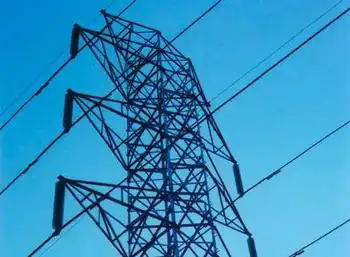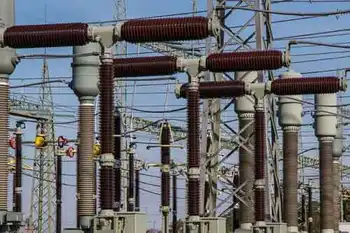Study Shows Big Job Losses Expected From Electric Rate Hikes, CUB Urges Lawmakers to Roll Back ComEd, Ameren Increases
By US Newswire
Substation Relay Protection Training
Our customized live online or in‑person group training can be delivered to your staff at your location.

- Live Online
- 12 hours Instructor-led
- Group Training Available
The rate hikes, which took effect Jan. 2, are wreaking havoc on the pocketbooks of millions of consumers across the state. And a new CUB study, just released, confirms the higher power prices also will have a devastating effect on the Illinois economy, with some 20,431 jobs lost.
"The dramatic and unfair impact of these rate hikes on consumers has been well documented, with many customers reporting their electric bills have doubled and even tripled," CUB Executive Director David Kolata said. "But the rate hikes also pose a very real threat to the health and prosperity of the Illinois economy, a threat our state simply can't afford."
The rate hikes are the result of a controversial reverse power auction pushed by ComEd/Exelon and Ameren to set electric rates beginning this year. Under the companies' plan, approved by the Illinois Commerce Commission (ICC), the utilities are allowed to charge customers whatever price the auction produces, no matter how high.
In September, the first auction resulted in an average 26 percent rate hike for ComEd customers and a 40 to 55 percent increase for Ameren customers. However, because of the rate structure adopted, many customers are seeing their bills soar even higher.
According to the companies' own data, the combined rate hikes will drain $2.3 billion out of the Illinois economy. The CUB study, conducted in conjunction with Synapse Energy Economics Inc., of Cambridge, MA, uses the results of a state-of-the-art economic model to calculate the effects of such a massive transfer of wealth on state employment.
The model shows that Illinois will lose one job for every $116,121 in higher electric prices, resulting in a loss of approximately 20,431 jobs across the state.
"These rate hikes are transferring money out of the hands of working families, who spend money at Illinois businesses, and putting it in the pockets of utility shareholders," Kolata added. "Everyone loses but the big utilities."
Kolata noted that both utilities posted record profits under the old rates and stand to reap windfall profits with the rate hikes. In 2005, Exelon, the parent company of ComEd, earned a record $2.1 billion, while Ameren posted record profits of $628 million. Both companies have predicted 2007 profits will hit record levels as well.
CUB has embarked on a two-pronged campaign to roll back the rate hikes. The organization has appealed the increase before the Illinois Appellate Court, arguing it illegally guts state oversight of electric prices. And CUB is urging the Illinois General Assembly to roll back the rate hikes and freeze prices at last year's level.
CUB has launched the Don't Get Shocked Action Campaign to rally support for the rate freeze. The campaign is asking consumers to contact their state legislatures and oppose the rate hikes and to attend a new round of public hearings being held across the state by the Illinois Senate.











